Author: Rita
-
All The WTF’s of Servo Motors & Programming
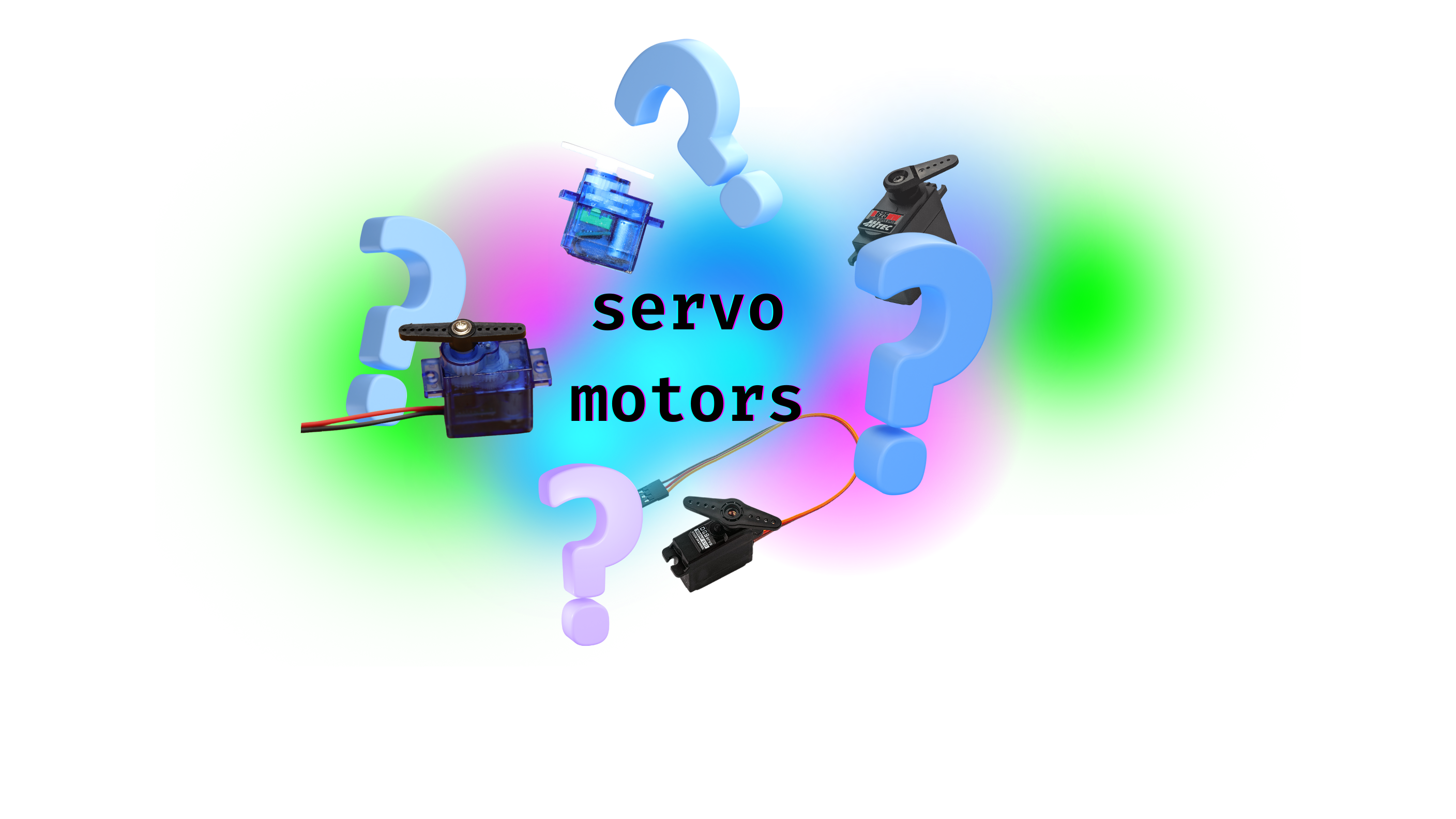
So… you’ve got a project that uses servos. Perhaps you have a driver, great! If you’re like me, you’ve probably started out with a failure or two, and that’s fine if you can afford to fail; [regardless, it’s a lesson you’ll learn and grow from] but, for those who are more organized, less chaotic –who…
-
What is ‘uint8_t’?

How Does It Work? Why is it Useful? Example in ESP32 Programming: If you’re controlling the brightness of an LED using Pulse Width Modulation (PWM), you might use a uint8_t variable to represent the brightness level, since the value ranges from 0 (off) to 255 (fully bright). Summary:
-
I2C vs Serial (UART)

Summary I2C is best for applications where you need to connect multiple sensors and devices to a single microcontroller with minimal wiring, while Serial (UART) communication is ideal for simple, long-distance, or point-to-point connections. Both protocols are essential tools in the realm of microcontroller and sensor communication, each serving distinct purposes and providing different advantages…
-
What are DC Motors & How Do They Work?
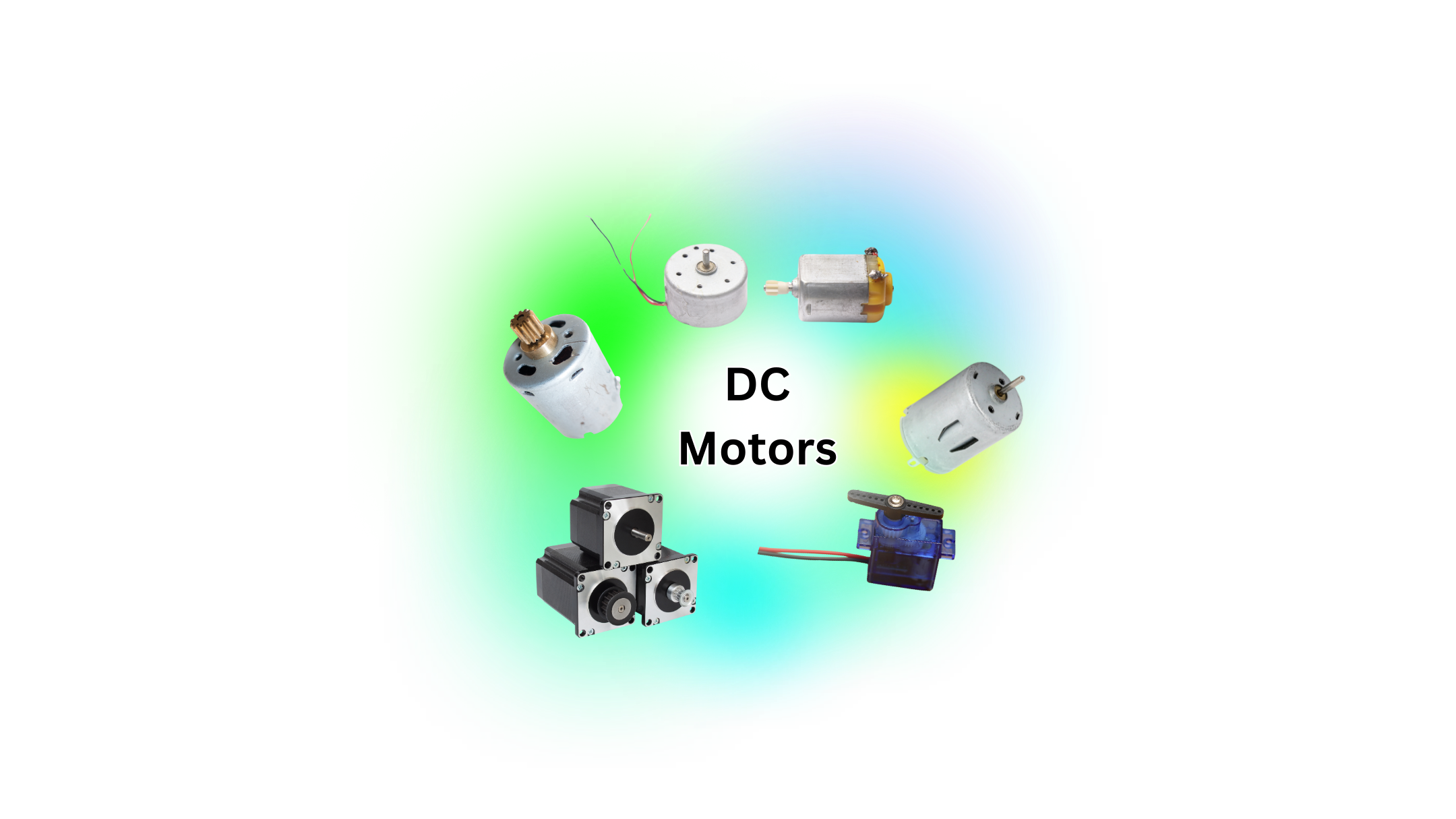
DC (Direct Current) motors are devices that convert electrical energy into mechanical energy. Small DC motors, like those commonly found in toys, appliances, and small electronics, operate on the principle of electromagnetism. Here’s a semi-technical explanation: Here’s a simpler explanation: So, in simple terms, a small DC motor uses electricity to create magnetic forces that…
-
Solar Panels: Everything You Need To Know

** this post pertains to smaller solar panels, ideally those less than 50 volts or the ones used for small projects (like with fountain pumps or LED lights) so, it’s not addressing house-converting energy ** First, lets get nerdy. Solar panels, also known as photovoltaic (PV) panels, are devices that convert sunlight into electricity. Here’s…
-
Comparing and Contrasting ESP32, ESP32-S, ESP32-D, and ESP-WROOM-32 modules

Oh, how things get confusing in the world of versions. Let’s break down the differences between all those ESP32 modules we hear about: In summary, while there are differences in form factor, pinout, and possibly onboard components among the ESP32 module, the ESP32S module, the ESP32D module, and the ESP-WROOM-32 module, they all share the…
-
ESP32 vs. ESP8266
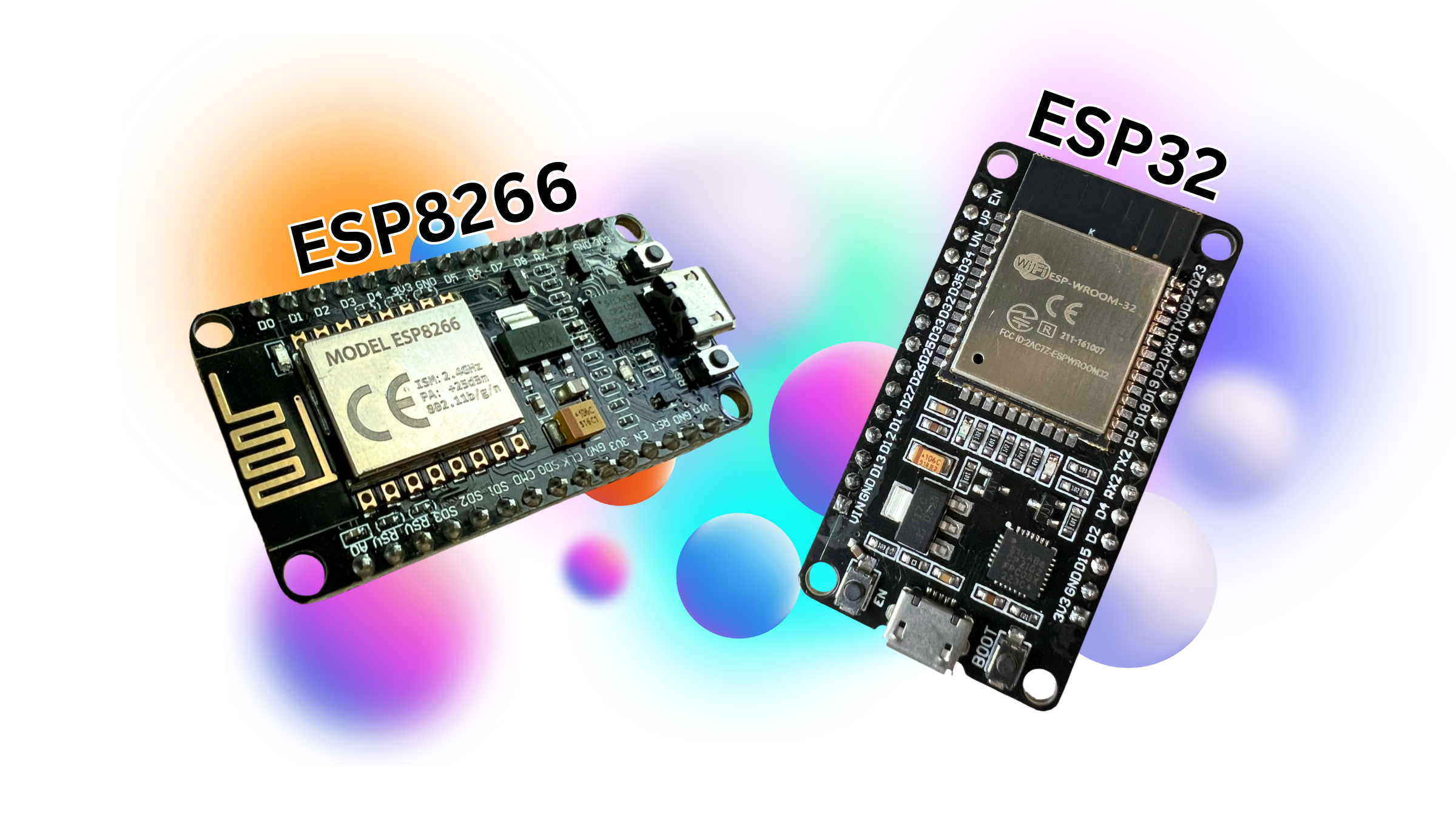
Let’s compare and contrast the ESP32 module to the ESP8266: In summary, while both the ESP8266 and ESP32 are popular choices for IoT projects and embedded systems, the ESP32 offers superior processing power, additional features such as Bluetooth connectivity, and more extensive peripheral interfaces. However, the ESP8266 may still be preferred for simpler projects with…
-
The Future of Web Development… Relax, AI Won’t End Us.

Either you want to be or already are a web developer, in a time when advances in A.I. and technology are no longer surprising but expected; so, is the whole web-dev job outlook threatened? Must we learn different skills? What exactly should we expect from here? For starters, let’s look at the facts: Technology will…
-
Explaining The ESP8266 Board or NodeMCU ESP8266
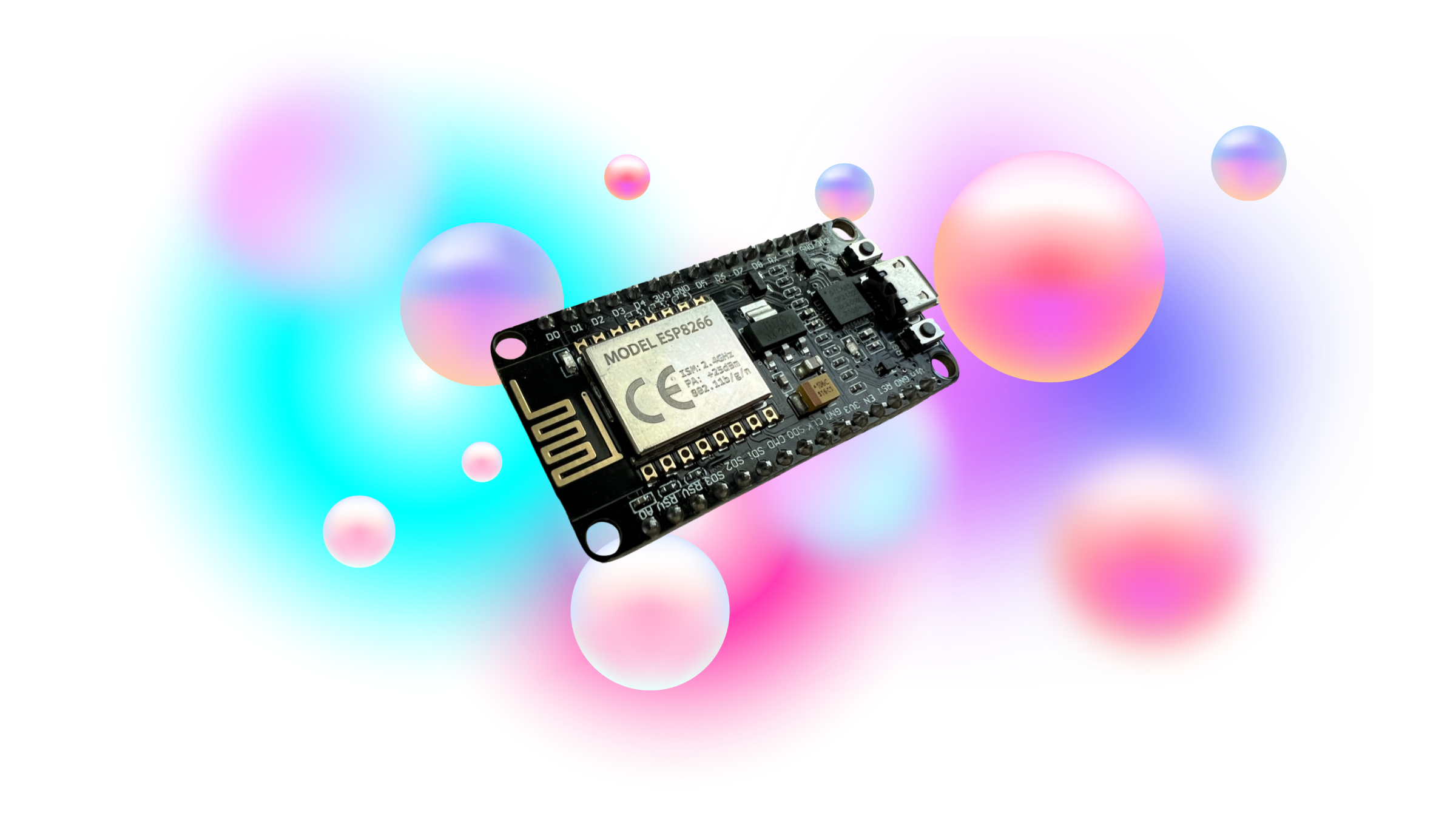
*This board is similar to the ESP32 board, but it has major differences, so, don’t get them confused! Be sure to check the metal chip for the board’s processor / chip type* Brief Overview The ESP8266 is just the name of a chip, it’s a Wi-Fi microchip used on development boards (among other things) to…
-
The ESP32
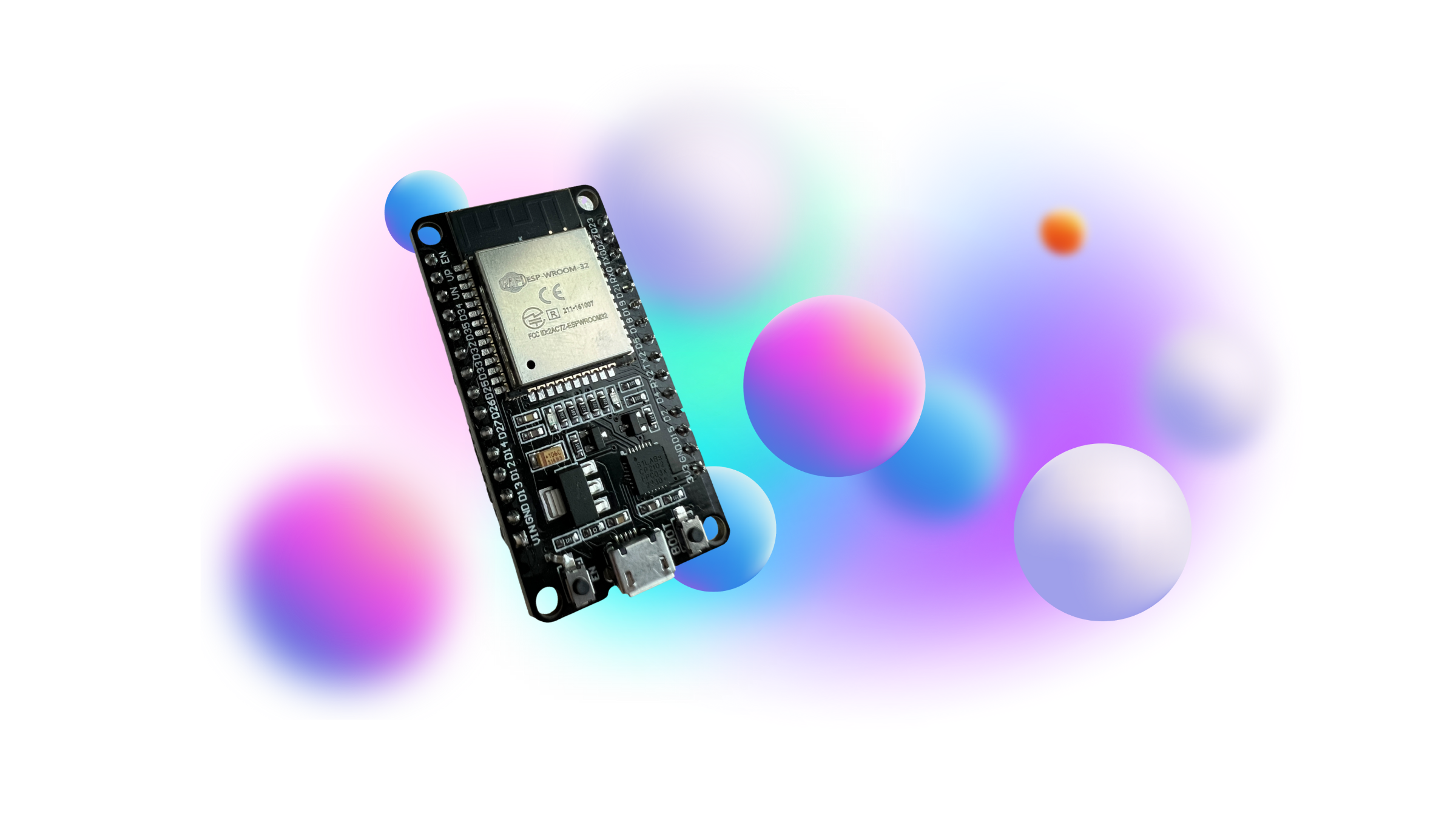
ESP-WROOM-32 Is Also Called ESP-32S, ESP32D, ESP32 This module / board (terms are used interchangeably in the electronics / tech world) has many different manufacturers, such as Adafruit, Arduino, HiLetgo, and others. It’s a programmable development board featuring 2.4 GHz dual-mode Wi-Fi + Bluetooth, a dual core microcontroller processor, integrated with an antenna radio frequency…